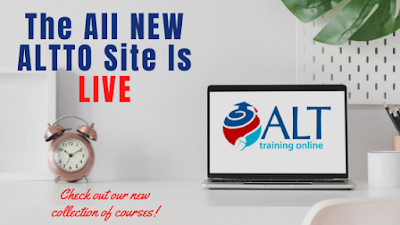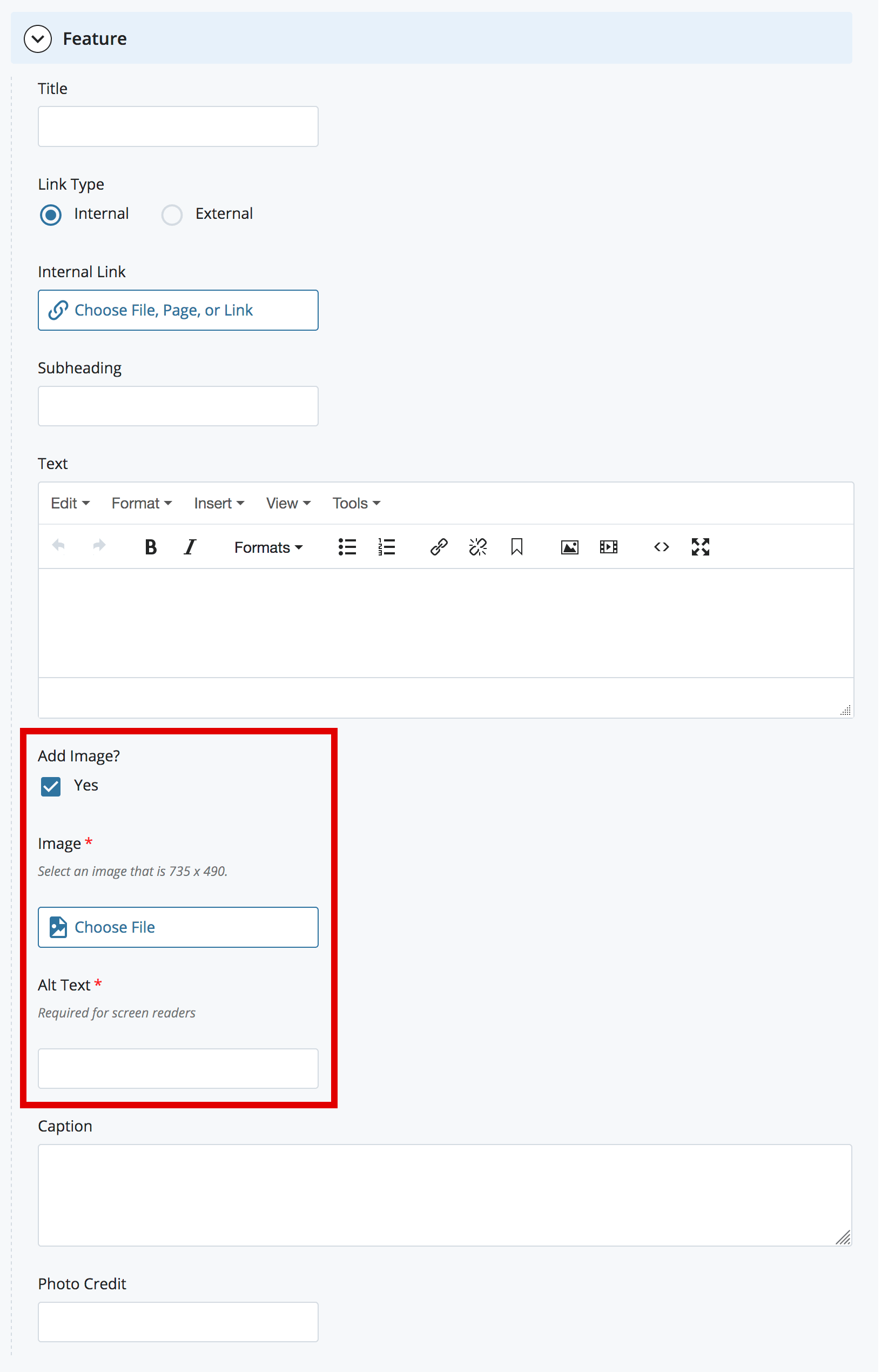
Alt website series#
Image maps, if properly alt-tagged, will appear as a series of meaningful words. So, if you have your company logo at the top of the page, you would see "Acme Dynamite Logo" or something appropriate in its space. If everything on the web page is tagged correctly, even if the images don't display you'll see words describing the image in the space where the picture was supposed to be. The value of this attribute is referred to as "alt text" because it's an alternative to viewing the image-screen readers can deliver the information to blind users via synthetic speech or refreshable braille, and if the images on a web page fail to load (for bandwidth or other reasons) sighted users will see that alternative text displayed instead. In HTML, you can provide a short text description for images by adding alt="your description of the image" within the image element.

In most cases, this means using alternative text to describe the function of the item. One of the most basic principles of web accessibility is that you should label everything on your website that isn't strictly text. Provide Text Alternatives for Non-Text Elements

Fantastic! Let's talk about one of the most elementary aspects of a site that contributes to accessibility for users of assistive technology. So, you found the Web Content Accessibility Guidelines from the W3C at and you're committed to making your website as accessible and user-friendly as possible.


 0 kommentar(er)
0 kommentar(er)
